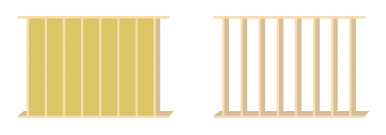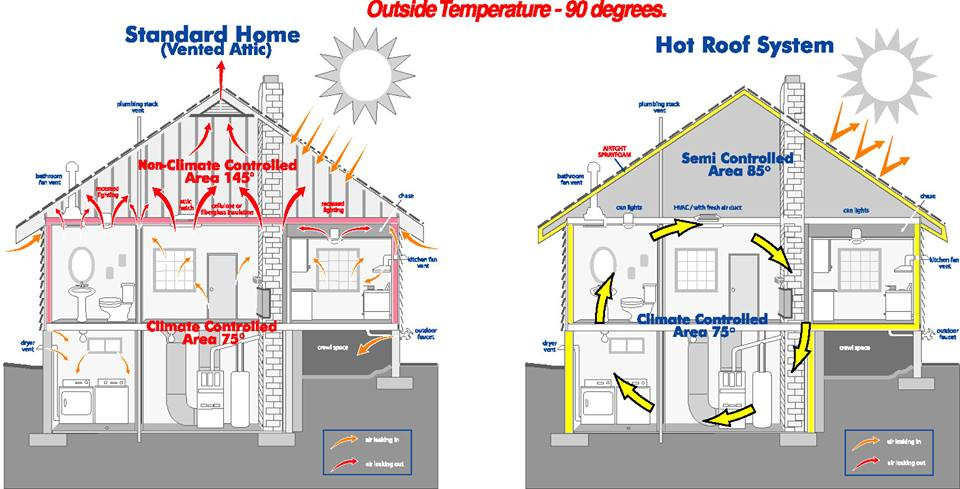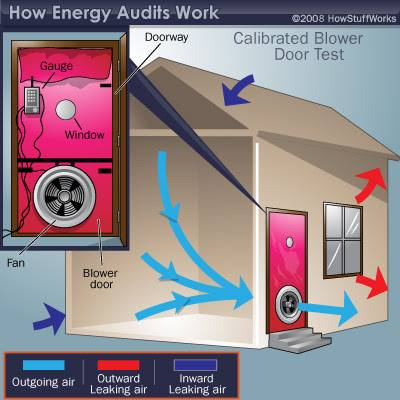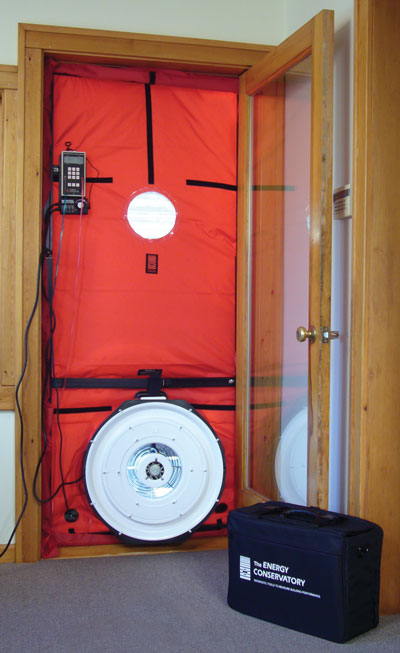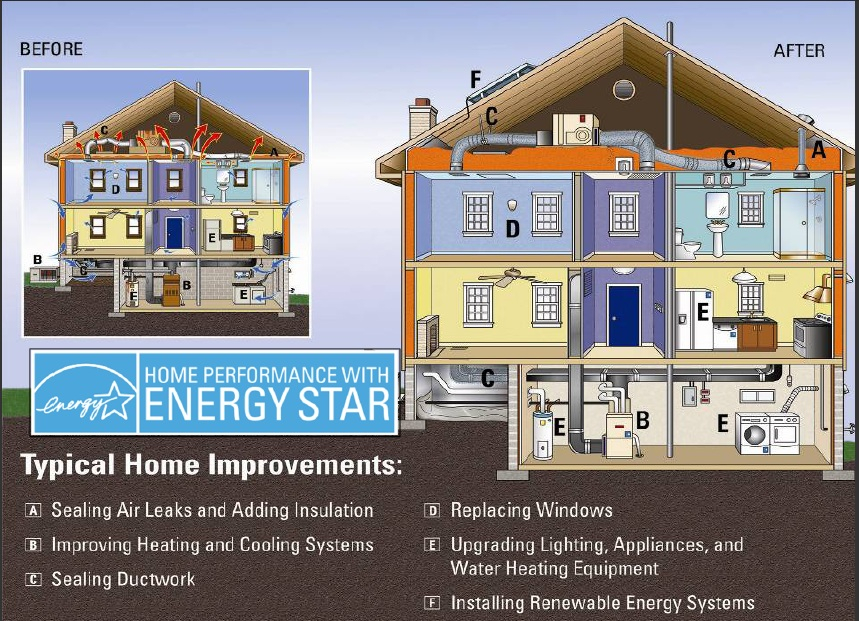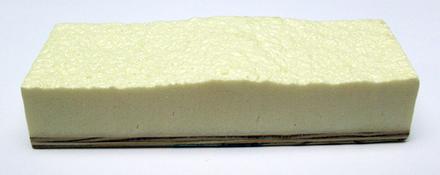 There is no better home insulating material that can seal your home from air and moisture intrusion, save on costly utility bills, strengthen your home, and protect your family’s health from dangerous mold, airborne pollutants, and allergens than Spray Foam insulation.
There is no better home insulating material that can seal your home from air and moisture intrusion, save on costly utility bills, strengthen your home, and protect your family’s health from dangerous mold, airborne pollutants, and allergens than Spray Foam insulation.
SPF SAVES YOU MONEY AND PAYS FOR ITSELF
SPF home insulation saves on energy costs and lowers utility bills. SPF is used to seal the entire “building envelope” of your home to prevent air and moisture infiltration. The US Department of Energy (DOE) studies show that 40% of your home’s energy is lost due to air infiltration. This air infiltrates the home in the form of drafts through walls sockets, windows and doorways.
Often times no expensive building wrap or additional vapor protection is required during construction when using SPF, saving money yet again.
HIGH R-VALUE
Sprayed polyurethane foam has an aged R-value of approximately 6.0 per 1 inch thickness (depending on the particular formulation and application, higher values have been achieved), enabling it to provide more thermal resistance with less material than any other type of commercial insulation material. SPF systems are frequently used to insulate and protect a wide variety of residential, commercial, and industrial buildings.
Monthly energy and utility savings of 30% or greater can be achieved when compared to the alternative roofing and insulation systems. The cost of an SPF roof or insulation system can often be recovered in less than 5 years, simply through energy savings alone.
PREVENTS AIR, MOISTURE AND GAS INFILTRATION
Studies have shown that as much as 40% of a building’s total energy loss is due to air infiltration. Traditional fiberglass insulation is only stapled, or placed into the wall cavities and does not seal the stud and wall cavities from end to end, or top to bottom. Air infiltration can pass through these gaps, making it far less efficient than SPF. SPF not only adheres to, but forms to the walls and floors to create a tight seal and insulating barrier that stops this air leakage. SPF also boasts the highest R-value per inch than any other commercial material, (upwards of R-7.0, compared with Fiberglass at R-3.5) making your home more comfortable and less expensive to heat in the winter, and cool in the summer.
Since SPF acts as an air barrier, it also helps to reduce moisture infiltration, which is a source of dangerous mold and mildew growth in the home, and can cause severe health problems to its occupants. So save your family and save money at the same time with SPF home insulation systems. Moisture infiltration can also cause structural damage to your home or building.
HELPS REDUCE MOISTURE AND MOLD
Molds produce tiny spores to reproduce. Mold spores waft through the indoor and outdoor air continually. When mold spores land on a damp spot indoors, they may begin growing and digesting whatever they are growing on in order to survive. There are molds that can grow on wood, paper, carpet, and foods. When excessive moisture or water accumulates indoors, mold growth will often occur, particularly if the moisture problem remains undiscovered or un-addressed. There is no practical way to eliminate all mold and mold spores in the indoor environment; the way to control indoor mold growth is to control moisture. SPF insulation is the key.
DEADENS SOUND TRAVEL AND NOISE
SPF also reduces airborne sound making the home acoustically tighter and more private from room to room.
POLYURETHANE FOAM STRENGTHENS YOUR HOME
The walls in your home are the main structural component of the building. In wood frame construction, the weight of the roof, shingles, standing rain water and any snow add weight and exert downward forces on the walls resulting in a compressive force.
Strong winds and gusts from storms also impose lateral forces onto your home’s walls. These forces can distort the walls with what is called a “shearing force.”
Building codes require that your home’s walls be designed to withstand these various forces and loads. However, when walls are built to just the minimum standards, while still safe, symptoms of movement such as creaking and shaking during high winds or occupant usage often occurs.
Higher density, closed cell spray foam insulation inside your stud walls fully adheres to both the exterior sheathing and the studs, reinforcing both. With this added rigidity, there will be less wall movement due to wind, vibration, and occupant activity. Additionally your walls have greater than code required resistance to “racking events” such as hurricanes or other strong wind situations.
SPF also can add structural strength to buildings. NAHB Research demonstrated SPF filled walls could add from 75% to 200% racking strength to walls of OSB, plywood, light gauge metal, vinyl siding or gypsum board.
